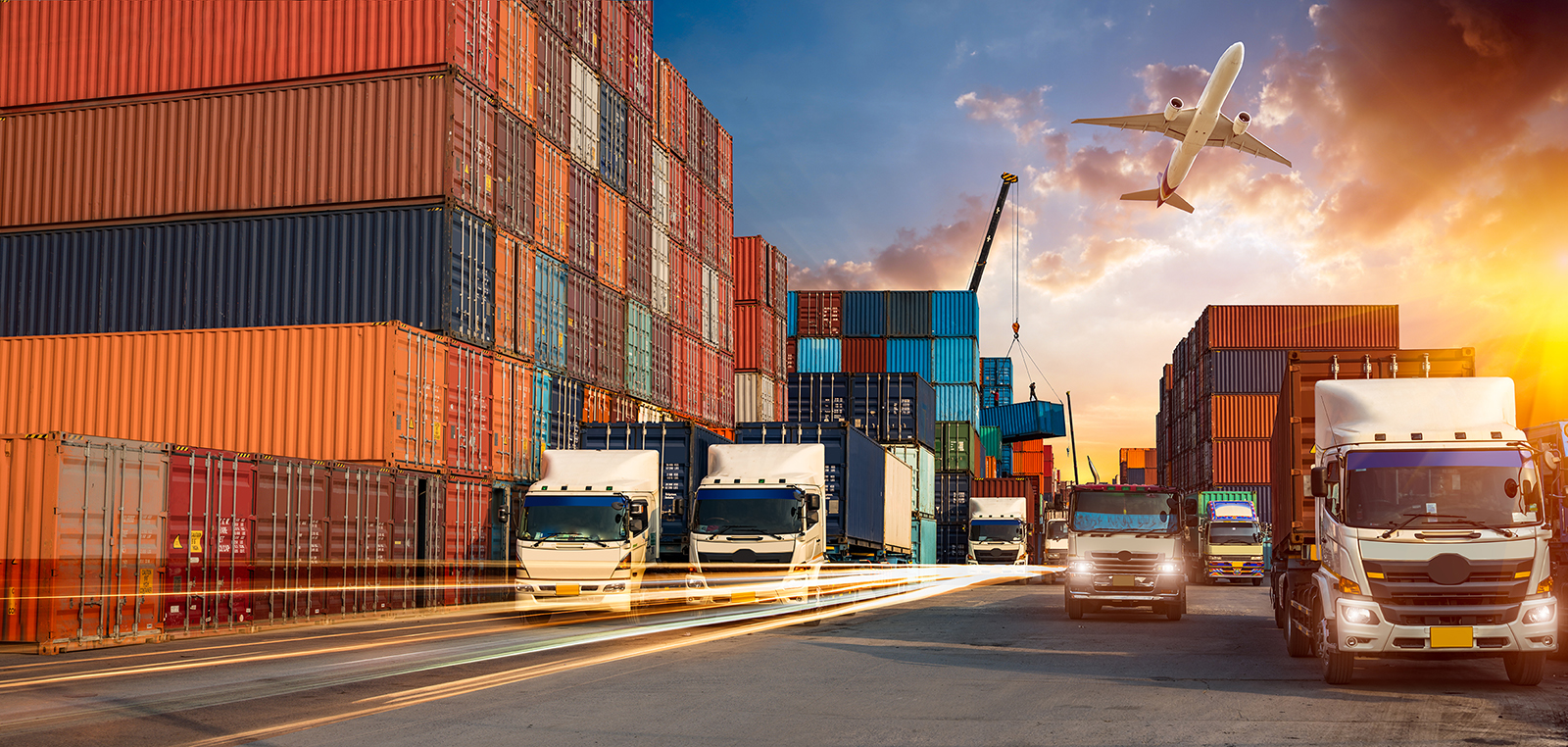Whether you are a manufacturer expecting a shipment of raw materials or a retailer looking for product to place on the shelves, you depend on these materials and products arriving at their final destination on time. Any delay at any point in the supply chain will negatively impact your business. That’s why the shortage of professional drivers continues to be a major issue for businesses of all kinds. The blog below, which first appeared on the Source One Management website as a Strategic Sourcerer blog, details the impact this ongoing problem has on the supply chain. Source One is a Corcentric company.
Driver shortage worsens
One of the most persistent problems in the American economy over the past several years is that demand for shipping bandwidth is seemingly always on the rise, but freight companies simply can’t meet it. Often, the issue arises because professional truck drivers just aren’t as common as they used to be, and rising wages don’t seem to have done much to curtail years of attrition.
Today, drivers make less on an inflation-adjusted basis than they did in the 1970s and ’80s, leading to a driver shortage that harms the entire supply chain.
Indeed, the latest data from the American Trucking Associations shows that through the end of 2018, the entire freight sector needed almost 61,000 more drivers than it actually had, just to meet existing demand. Moreover, as demand for freight services grows in the years ahead, and more current truckers retire due to age and other factors, replacement rates aren’t going to be strong enough to keep up. By 2028, the industry could be as many as 160,000 drivers short.
“Over the past 15 years, we’ve watched the shortage rise and fall with economic trends, but it ballooned last year to the highest level we’ve seen to date,” said ATA Chief Economist Bob Costello. “The combination of a surging freight economy and carriers’ need for qualified drivers could severely disrupt the supply chain.”
What’s the impact?
While it’s difficult to quantify exactly how much the trucker shortage will affect the supply chain as a whole, these issues are likely to lead to challenges for many companies, regardless of industry, according to AgWeb. For freight companies themselves, they’re likely to face higher costs related to labor, not only in the form of rising wages, but also when it comes to providing better benefits like improved health insurance, more vacation days and the like just to attract and retain talent.
Experts note some smaller freight companies likely won’t be able to keep up with their bigger competitors in this regard, and may struggle to hire or hold onto enough drivers to stay afloat, the report said. All this added expenditure is, of course, likely to be passed on to freight customers in the form of higher per-mile shipping costs, which may change the calculus when it comes to meeting their own needs for financial flexibility.
Understanding the problem
Perhaps not surprisingly, the trucking industry writ large seems to be able to identify the shortage as the single biggest issue it’s now facing, according to a new survey from the American Transportation Research Institute. The shortage has held that top spot for three years running, just ahead of tightening rules around hours of service (which play their own role in raising prices), as well as driver compensation, which came in third.
With all this in mind, companies that rely heavily on trucking services as part of their overall supply chain will need to continually evaluate how their needs align with the realities in the freight sector. Given that issues are likely to change a lot in the coming years, having a nimble strategy will be a must for finding long-term success.
Read a blog I posted early this year about how businesses are trying to recruit drivers.





